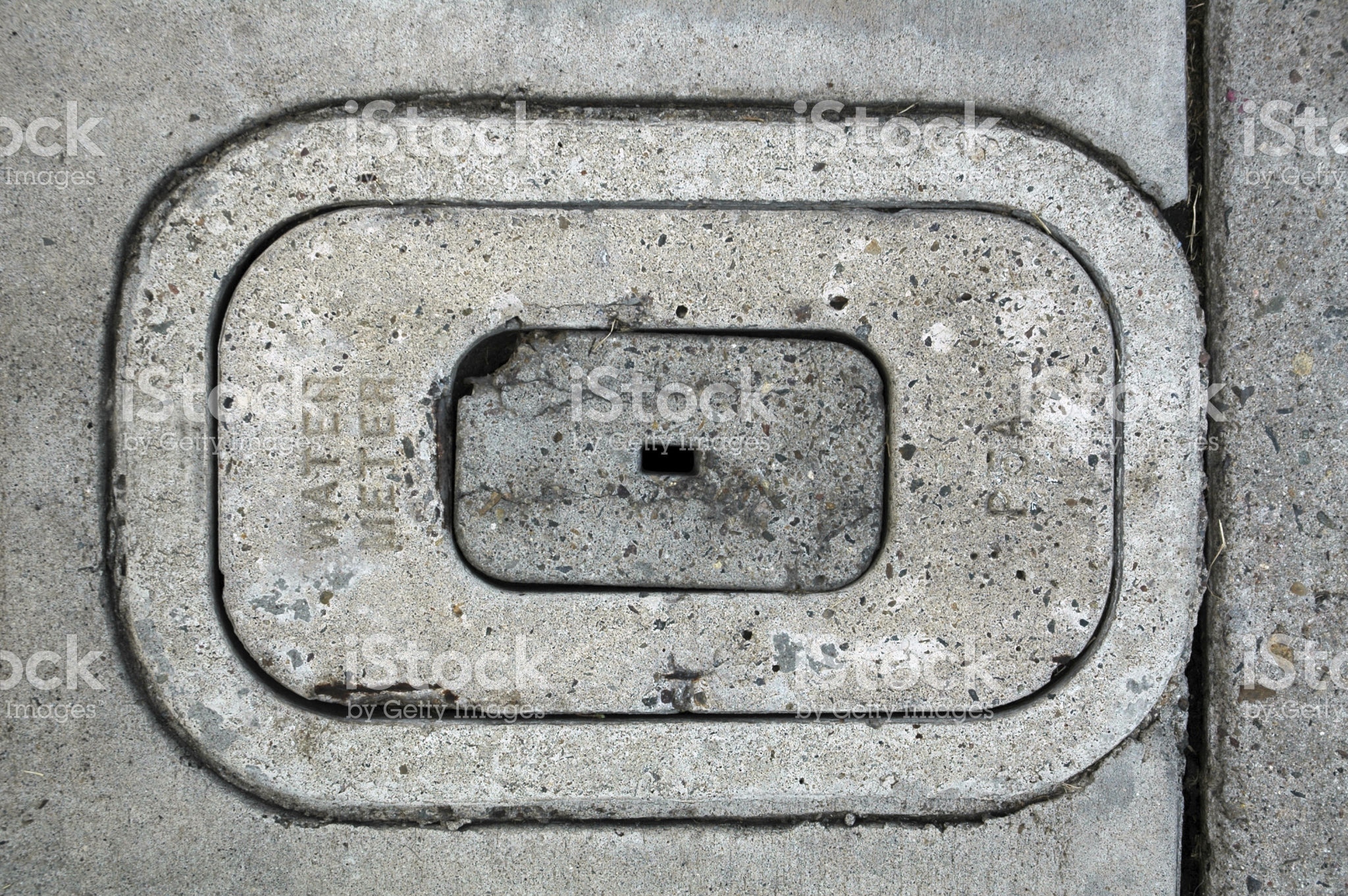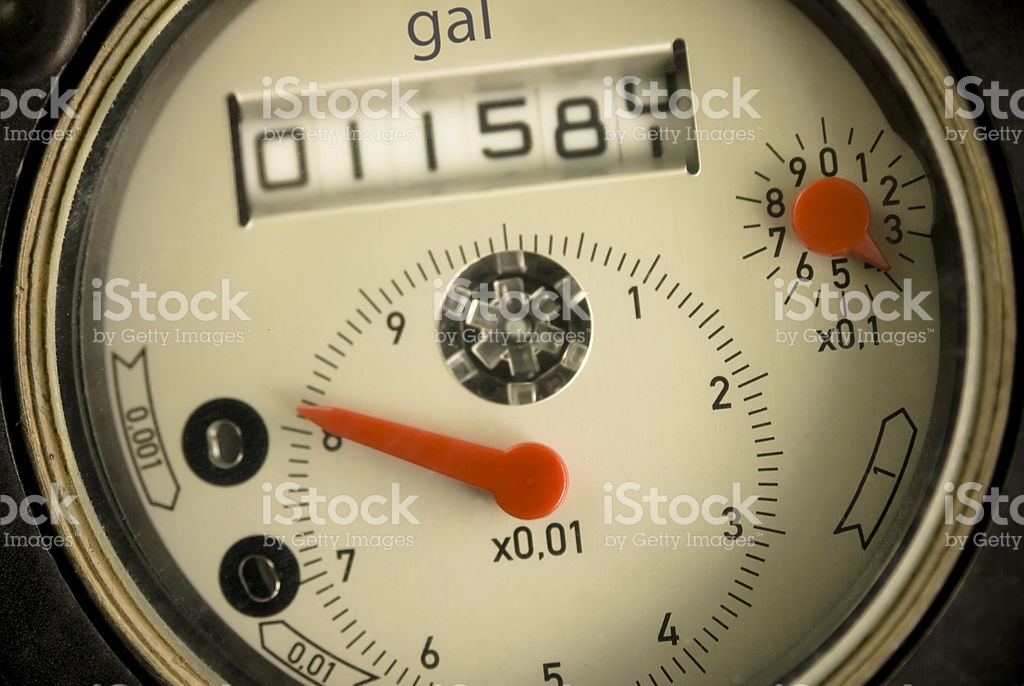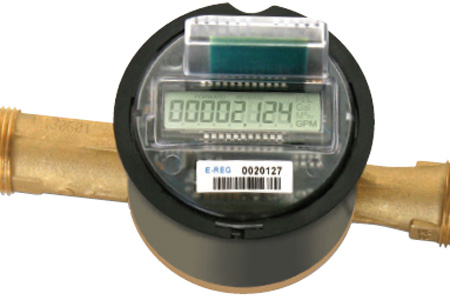Reading your water meter can help you determine if you have leaks that are wasting water, and adding unneeded dollars to your water bill. Follow these steps to read your meter if you suspect you have a leak:
Your water meter can usually be found in front of your business, or in the utility easment at the back of your property. Start by following a direct line from your main outside faucet towards the street or the back of your property. Most meters are housed in a concrete box marked “water.”
Carefully remove the lid using a large screw driver or similar tool. Insert the screwdriver into one of the holes and pry the lid off.
Note: It is dangerous to use only your fingers to open a meter cover – please use caution!
Shut off all faucets and water-consuming appliances, including evaporative coolers and ice-makers.
For Analog Meters: Note Needle Position and Time
Check the needle’s position on the meter dial and note the time. Check again after 15-30 minutes. If the needle’s position has changed, you may have a leak.
For Digital Meters: Check the Flow Rate Display
A digital meter will cycle through four display screens: two screens display the current meter read, one screen displays the size and model of the meter, and another screen displays the rate of water flow through the meter – this is the one to check. When checking for leaks, look at the flow rate no the meter read display. Any flow rate reading above zero (0) indicates a leak.
There are a few extra steps required to determine if the leak is inside your building, or between the water meter and the building.
When you've completed your investigation of the meter, carefully replace the cover.
If you think you have a leak, check hose connections, faucets and toilets for water leaks.
If you have everything turned off and are sure the toilets and connections aren't leaking and yet the dials are still turning, you may have a hidden leak in an underground pipe. If you believe this is the case, you may need to call a plumber for assistance.

Water meters can usually be found by following a direct line from your main outdoor valve towards the street, or towards a utility easement at the back of your property.

An example of an analog water meter.

An example of a digital water meter.